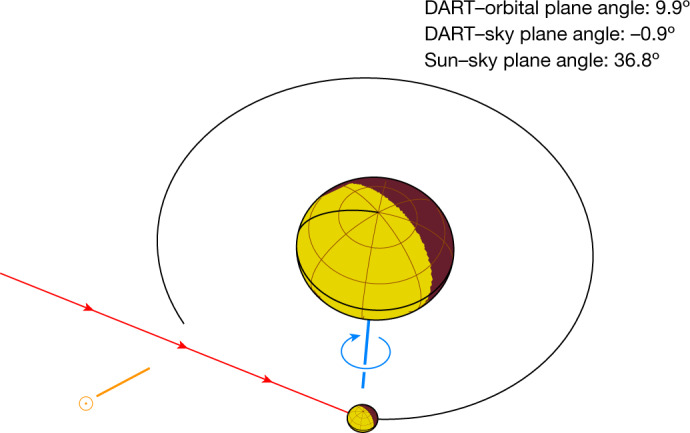Fig. 1. Geometry of the Didymos system at the time of impact as viewed from the HST.

Sky north is in the upward direction and the east is on the left in this view. The equivalent diameters of Didymos (large spheroid) and Dimorphos (small spheroid) are 761 m and 151 m, respectively2. The orbit of Dimorphos around Didymos before the impact, depicted by the black circle, has a semimajor axis of 1.206 ± 0.035 km3 and an eccentricity of <0.03 (ref. 29). The sizes of Didymos and Dimorphos and their separation in the figure are to scale. The entire system lies within one pixel in the HST images. Dimorphos orbits Didymos clockwise with a speed of approximately 0.17 m s−1. The positive pole of Didymos (also the orbital pole of the system) is represented by the blue line, pointing close to the south celestial pole and 51º out of the sky plane away from Earth. The Sun is at a position angle of 118º, represented by the orange line and the dot-circle symbol. The DART spacecraft vector is represented by the red line, with arrows, going from east to west at a position angle of 68º and within 1º of the sky plane.
